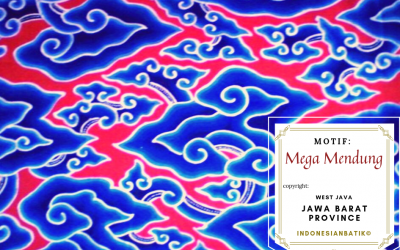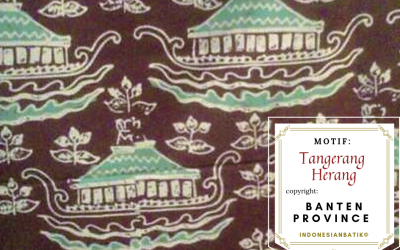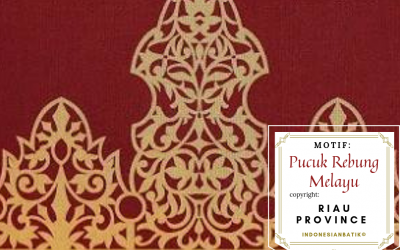Home / Indonesian Batik – Thematic Meanings – Leadership and Noble Personalities / Kawung Mataram
Kawung Mataram
Meanings:
The Kawung motif was created by Sultan Agung Hanyokrokusumo of Mataram Kingdom (1593 – 1645) as a symbolic gift for his son during the imperial succession ceremony. The pattern contains deep philosophical values: it symbolizes the manifestation of the Four Core Powers of the universe (wind, water, fire, earth). It is also a subtle reminder that a leader should master four communication abilities: the ability to communicate with God, to have inner communication with oneself, to communicate with fellow humans, and to communicate with nature. The Kawung motif conveys the wish that the wearer would grow as an excellent and useful person in society.
Note: All contents and batik images are protected by Indonesian cultural property law. This documentation is intended for educational purposes and to facilitate the preservation of Batik UNESCO’s intangible cultural heritage 2009. Any use of published materials is allowed only with reference to this website as the original source of publication.
How to preserve Batik
Philosophical Meanings of Batik
Learn and identify the meaning of the motifs from each region. Are you searching for a meaningful gift for your loved ones? Surprise them with a merry little Batik!
Authentic Batik
Buy the authentic handwritten Batik textiles to add to your prestigious collection. Such support will enhance the well-being of Batik artisans and preserve the living heritage.
Batik Community
If you want to meet the Batik artisans, we encourage you to visit and support Batik workshops in Indonesia. You may discover the local tourism that suits your preference!
UNESCO Intangible Cultural Heritage of Humanity in 2009
Batik Production Process in Yogyakarta
Batik production can take 1 month up to 2 years of working time depending on the purposes of the textile creation and the colour complexity. The Batik handwriting textile is generally made with 8 design steps, ranging from wax patterning to colouring process. The artists use Canting, as a tool to put hot melted wax on the cloth.
Batik Regions
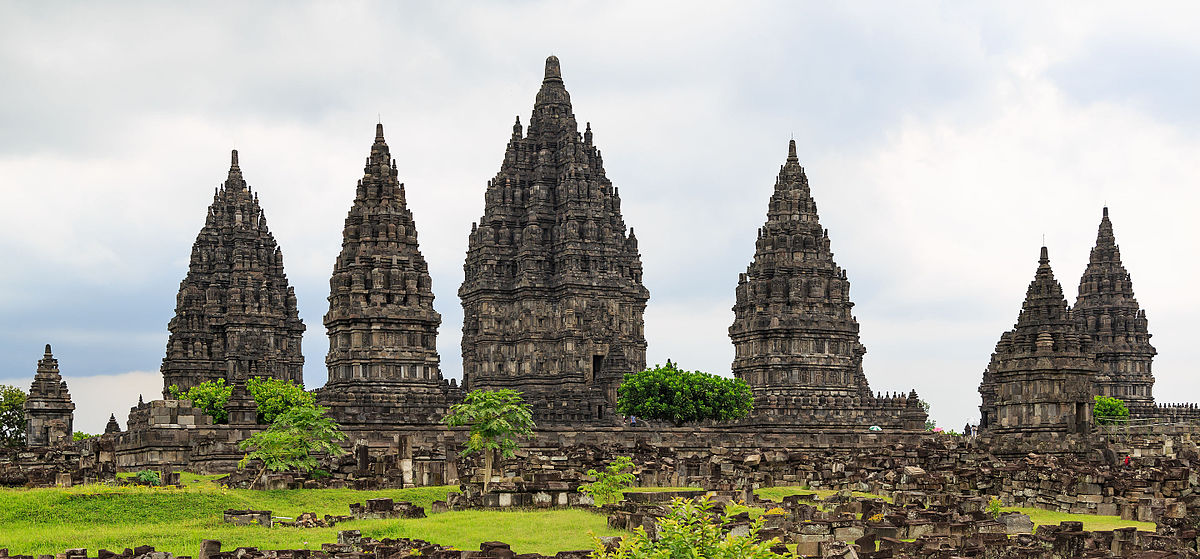
Overview of Yogyakarta Province
The city of Yogyakarta is known as a student city whose universities hold an important role in education in Indonesia. Yogyakarta is the second largest tourist destination after Bali. It is the location where the famous Prambanan UNESCO WHS is situated. Governed by the Yogyakarta Sultanate, various types of tourism objects are developed in this region.
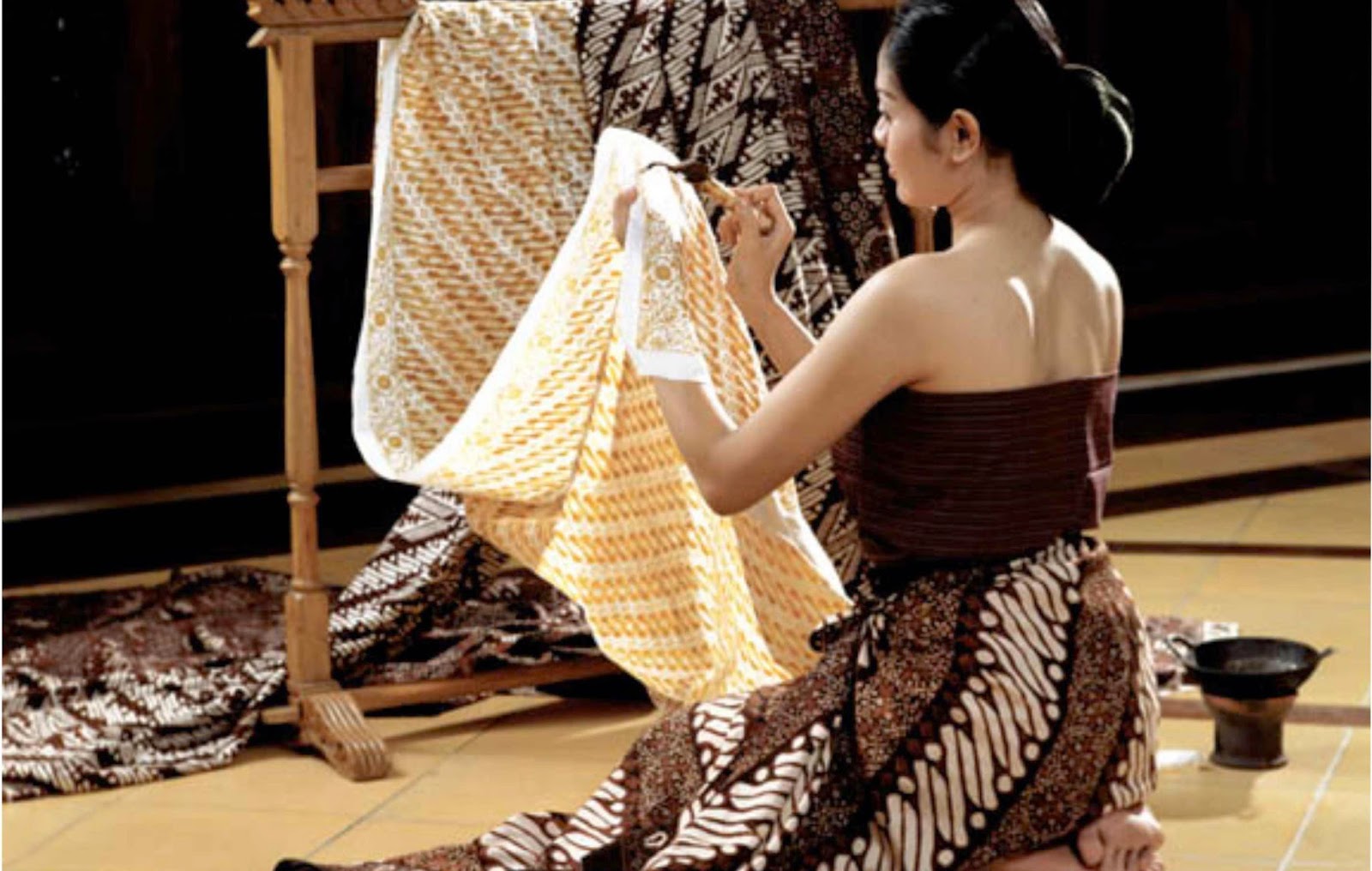
Batik Villages in Yogyakarta Province
Batik villages are the region where the Batik producers mostly reside and open their Batik workshops, as well as display their Batik products. You could buy the Batik textiles from the artisans and participate in the making process of Batik on the site.
Other Batik Motifs in the Category of Leadership and Noble Personalities
Mega Mendung
This motif was invented by a King of Pajajaran Kingdom during
Tangerang Herang
Tangerang Herang motif is a symbol of Tangerang city that
Pucuk Rebung Riau
Pucuk Rebung symbolizes heart determination in achieving goals,


